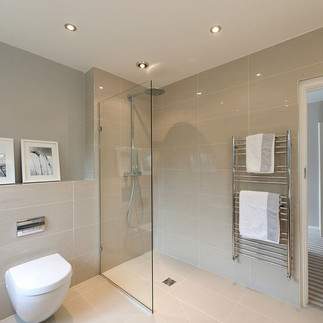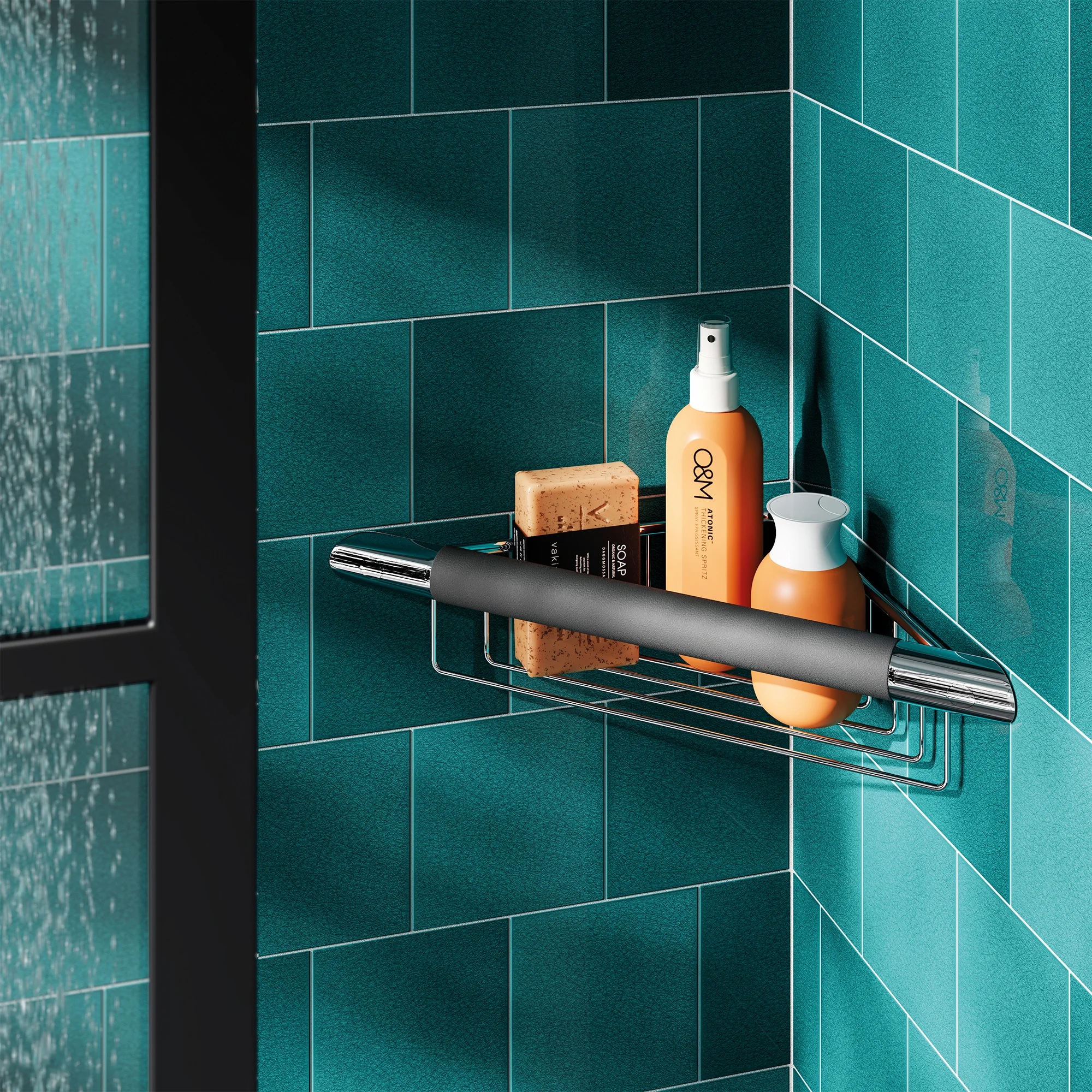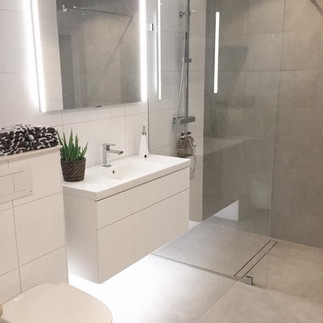Top 5 Things to Consider When Future-Proofing Your Bathroom.
- The Bathroom Consultant
- Sep 6, 2023
- 3 min read

As we journey into the future, our homes should adapt to our evolving needs. One often-overlooked space that deserves attention is the bathroom. By incorporating forward-thinking design elements, you can create a bathroom that not only meets your current needs but also anticipates future requirements.
In this blog post, we'll explore my top 5 key elements of future-proofing your bathroom, ensuring it remains comfortable and accessible for years to come.
1. Comfort Height Toilets: A Game-Changer in Bathroom Design
One of the most significant advancements in bathroom fixtures is the introduction of comfort height toilets. These toilets are slightly taller than conventional ones, rendering them more accessible to individuals of all age groups. They provide enhanced comfort and ease of use, particularly beneficial for those with back issues or arthritic knees. Embracing this upgrade today can spare you from the expense of future renovations.
2. Open Walk-In Showers: Stylish and Accessible
Traditional bathtubs can become a safety concern as we age. That's where open walk-in showers shine. They not only add a touch of modern elegance to your bathroom but also eliminate the need to step over high bathtub walls. With a barrier-free entrance, open showers provide accessibility for individuals with mobility challenges. Incorporating a built-in bench or fold-down seat further enhances convenience, ensuring your bathroom is ready for any stage of life.
Explore additional advantages and disadvantages of walk-in showers in 'Pro's and Con's of a Walk-In Shower'
3. Grab Bars: A Must-Have for Safety
Throughout my career, I've encountered a common dilemma: individuals requiring disability products yet reluctant to make their bathroom appear specialised. One notable example of such a discreet solution is the corner basket seamlessly integrated with a discreet grab bar. It's practical and aesthetic, but doesn't scream out disability.
Even if you don't currently require them, installing grab bars in strategic locations is a proactive step toward future-proofing your bathroom. These discreet safety features can prevent accidents and provide support for anyone, regardless of age or mobility. Consider placing grab bars near the toilet, shower, and bathtub for added stability and peace of mind.
4. Open Space: A Trend That's Here to Stay
Plan your bathroom with an expansive and uncluttered design. This not only fosters a welcoming ambience but also guarantees effortless manoeuvring, particularly in case mobility assistance is required later on. Opt for wall-mounted furniture and sanitary ware to maximise space and accommodate potential future needs while maintaining an organised and adaptable bathroom.
5. Anti Slip Components: Safety meets elegance.
To ensure your bathroom remains safe for all ages, contemplate anti-slip options. These solutions, such as anti-slip flooring and trays, bolster safety without sacrificing style. They significantly diminish the chances of accidents, especially in wet conditions, benefiting everyone from youngsters to seniors. However, be mindful that anti-slip trays come in diverse textures. Coarser textures might feel abrasive to the touch and could present cleaning difficulties.
When it comes to flooring, numerous options prioritise safety. Materials like matte tiles and laminate click flooring are specifically crafted for bathroom use, providing both water resistance and a visually appealing, secure choice for your bathroom space.
BONUS TIP: Great Lighting: Enhancing Accessibility and Ambience
While it may seem unconventional in the context of future-proofing, investing in outstanding lighting remains a pivotal component. Thoughtfully positioned and adequately bright lighting not only enhances the welcoming ambience but also elevates safety and visibility. Contemplate the addition of task lighting around mirrors and vanity spaces, and think about integrating motion-activated lights to enhance convenience, especially during nighttime visits.
In conclusion, future-proofing your bathroom involves thoughtful planning and design choices that prioritise comfort and accessibility. By integrating features such as comfort height toilets, open walk-in showers, grab bars, open space, and great lighting, you can create a bathroom that meets your needs today and remains adaptable to whatever the future may bring. So, take the leap into the future of bathroom design, and enjoy a space that truly stands the test of time.
If you find this content valuable, I'd greatly appreciate it if you could share this post on your social media. Your support will help us share The Bathroom Consultant's tips and advice with a wider audience! Thank you.



















































Comments